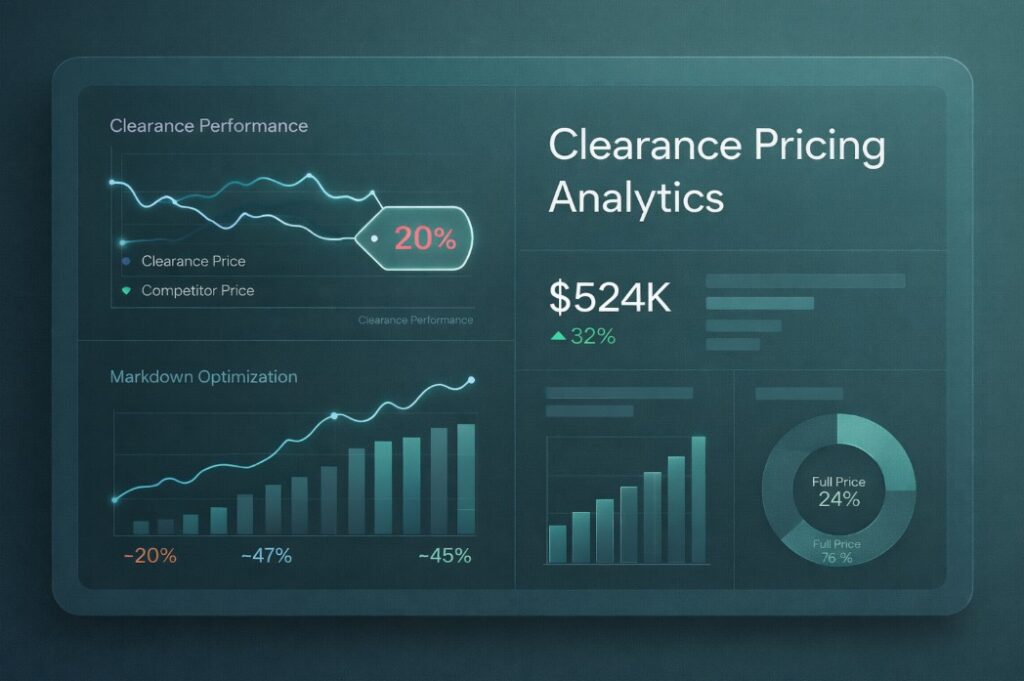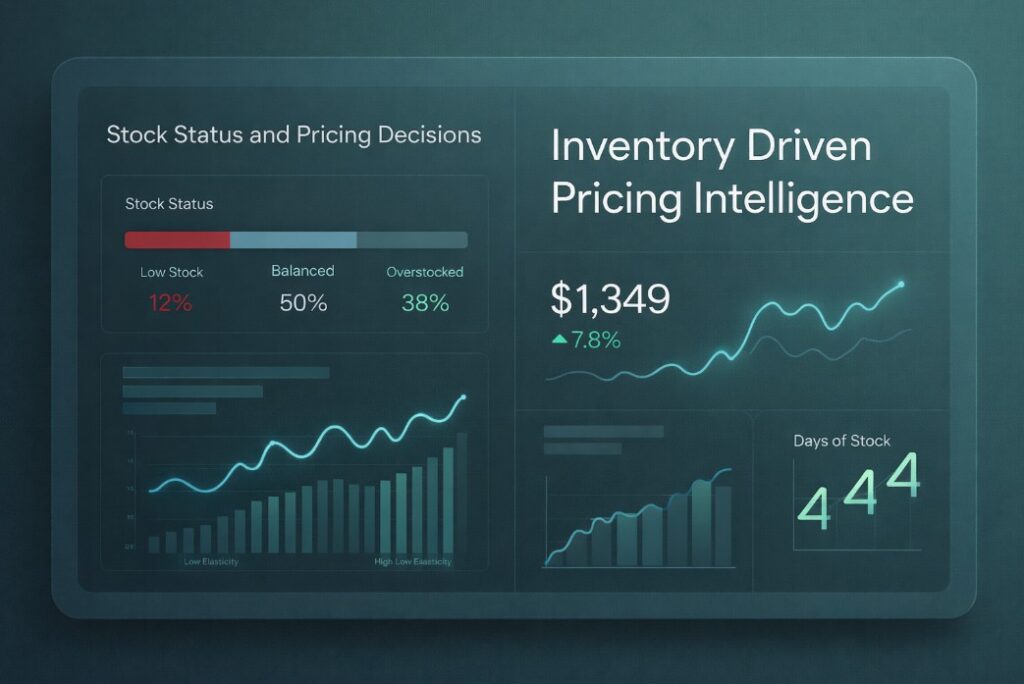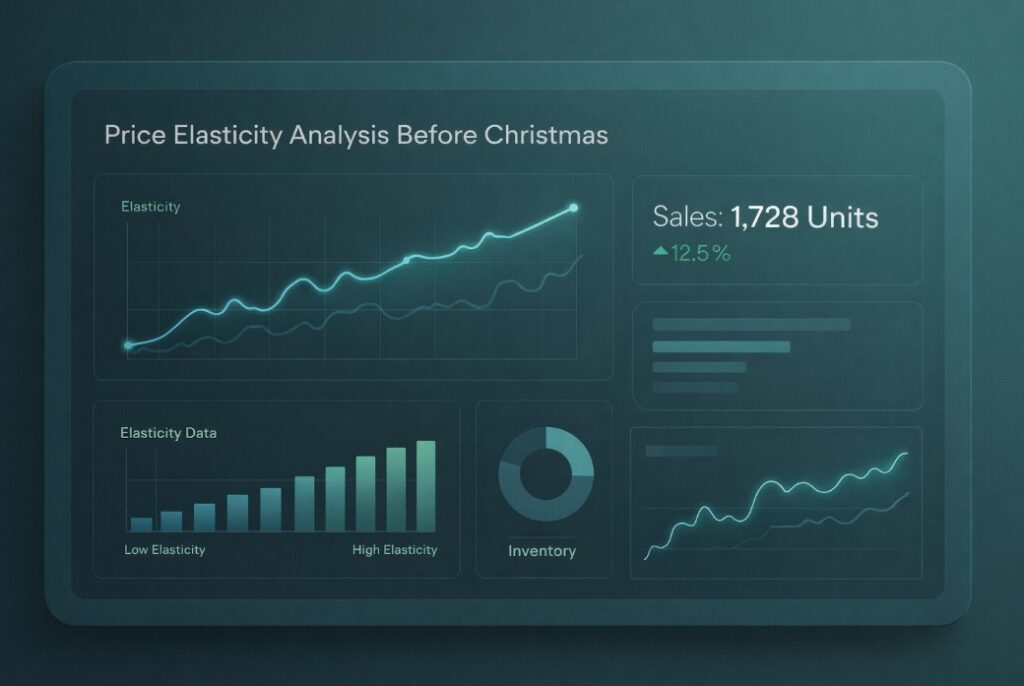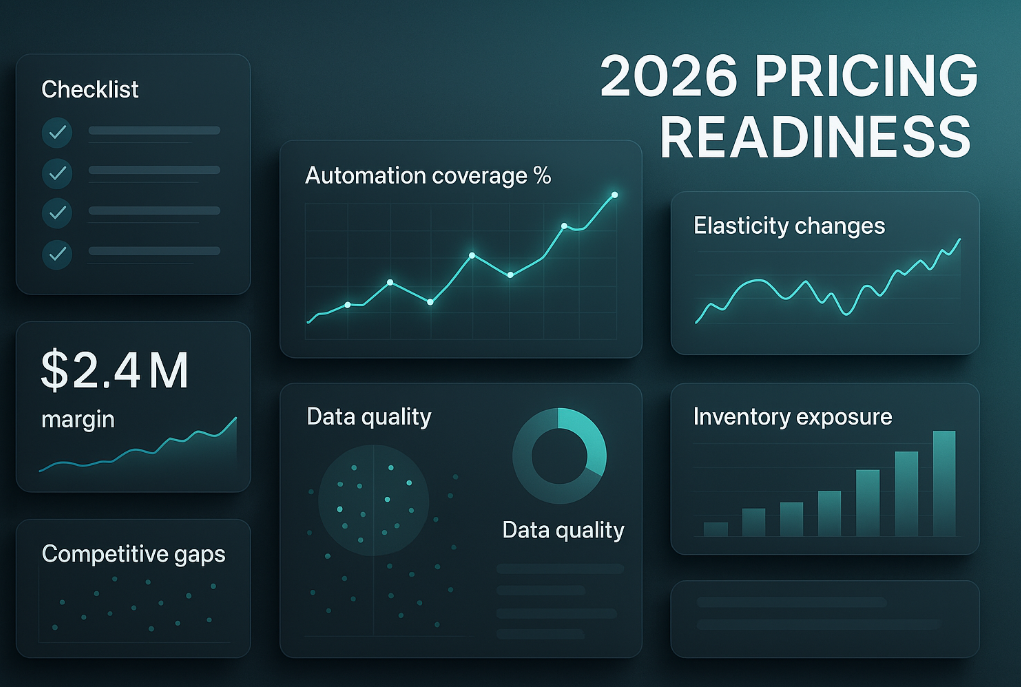- Product
- Solution for
For Your Industry
- Plans & Pricing
- Company
- Resources
For Your Industry

Competitor analysis is the process of evaluating the strengths, weaknesses, strategies, and overall performance of businesses that compete with your own. It’s a strategic tool that helps companies navigate crowded markets and differentiate themselves. This analysis doesn’t mean replicating every move your competitors make. Instead, it involves understanding their tactics and positioning, allowing you to carve out a unique strategy tailored to your business goals.
In industries where competition is fierce—especially in eCommerce—this type of analysis is critical. By carefully studying your competitors, you gain insights that not only help you stay competitive but also uncover trends, improve your understanding of your own performance, and identify opportunities for innovation.
Performing competitor analysis offers several key benefits:
Understanding Market Trends: Competitor analysis provides a window into what’s happening in your industry. By observing others, you can identify emerging trends, customer preferences, and shifts in market dynamics.
Assessing Your Performance: Comparing your business to others allows you to see where you excel and where there’s room for improvement.
Strategic Planning: It helps you develop strategies that exploit competitors’ weaknesses while enhancing your strengths.
Risk Management: By studying competitors’ failures, you can avoid making the same mistakes.
Customer Insight: You learn more about your target audience’s behavior and preferences by observing how competitors engage with them.
Performing competitor analysis can be complex, but breaking it down into manageable steps makes it more approachable. Below is a comprehensive guide to executing an effective competitor analysis.
The first step is pinpointing who your competitors are. Competitors fall into three main categories:
For established companies, recognizing competitors might be straightforward. However, for small or medium-sized enterprises, this step can be challenging. Use these techniques to identify competitors:
Your competitors’ websites are treasure troves of information. Spend time analyzing the following elements:
Pay attention to blogs or other content on competitor websites. These resources reveal the topics they prioritize and the messaging strategies they employ.
Social media is one of the most effective tools for monitoring competitors. In today’s digital world, a company’s social media presence reflects its brand voice, customer engagement, and promotional strategies.
Here’s what to look for when analyzing competitors’ social media accounts:
Studies show that businesses with active social media accounts see significantly higher sales and engagement than those without. Use this knowledge to refine your approach and fill gaps your competitors may be neglecting.
Customer experience is a cornerstone of success. Even if your offerings are superior, a clunky website or poor service can drive customers to your competitors. To evaluate competitors’ customer experiences, consider:
For inspiration, look to companies like Bellroy, which excels at engaging users with interactive product displays and minimalistic design. Consider adopting similar strategies to elevate your brand.
Pricing is a critical factor in customer decision-making. Understanding competitors’ pricing strategies can help you position your products effectively.
Here’s how to analyze pricing:
Competitor ads can reveal a lot about their target audience and messaging priorities. Examine their:
By identifying successful campaigns, you can draw inspiration while tailoring ideas to suit your brand.
A SWOT analysis (Strengths, Weaknesses, Opportunities, Threats) can help consolidate your findings. Create a table listing your competitors’ strengths and weaknesses alongside external opportunities and threats. This visualization aids in crafting informed strategies.
Competitor analysis is an indispensable tool for any business looking to thrive in today’s competitive markets. By identifying your competitors, studying their strategies, and applying insights to your own operations, you can strengthen your position and enhance your offerings.
Remember, the ultimate goal isn’t to mimic your competitors but to stand out by building on their strengths and avoiding their mistakes. Adopting this strategic mindset will help you stay ahead of the curve and achieve long-term success.













Missing an important marketplace?
Send us your request to add it!